|
92. Limenitis camilla (Linnaeus, 1764) / White admiral / Nymphalidae – Limenitidinae
NL: kleine ijsvogelvlinder / D: Kleiner Eisvogel / F: petit sylvain
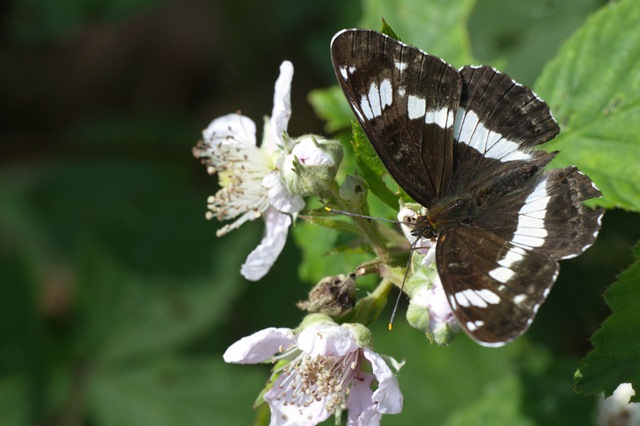  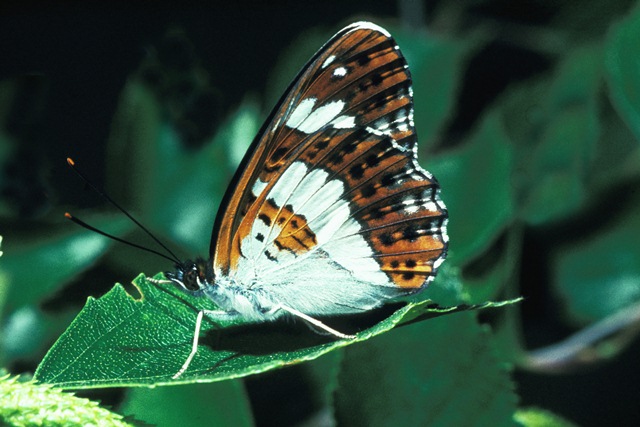
Photographs: Jeroen Voogd, Frits Bink, Frits Bink ©.
Medium-sized or large, wing length 26 (22-29) mm. Occurs in all countries of the Benelux in woods and copses, mainly at the edges, in rides or clearings, in warm environments.
Butterfly is on the wing from mid-June until mid-August and peaks early-July, scarce individuals of the second brood mid-September. The species is known from maritime and continental climates, amplitude 6 to 16. Required heat sum 700°d and maximum tolerated 2000°d, corresponding climate windows 23 and 38 weeks.
This species exemplifies how larva can deceive avian predators by changing shape, colour and size.
In England its changing distribution related to long term climate fluctuation has been well studied (Asher et al. 2001: 184-187).
Ecological characteristics
Behaviour over time
Overwintering: larva in third instar, 7 mm in length, in a hibernaculum constructed from an old leaf of honeysuckle.
Reproduction: oviposition starts after 3-4 days when the body contains about 48 eggs, potential production 3.8 times as much.
Larval feeding periods: in summer 17 (15-23) days from mid-July until end-August, in next spring 29 (23-35) days from early-April until early-June.
Generations: one, sometimes two and the larva will be fully grown in 25 days and pupates.
Spreading of risk: not observed.
Life cycle: egg 8 (5-15) days; larva 47 weeks, those of the second brood 4 weeks; pupa 16 (13-21) days.
Life span of adult: long, 3 to 5 weeks.
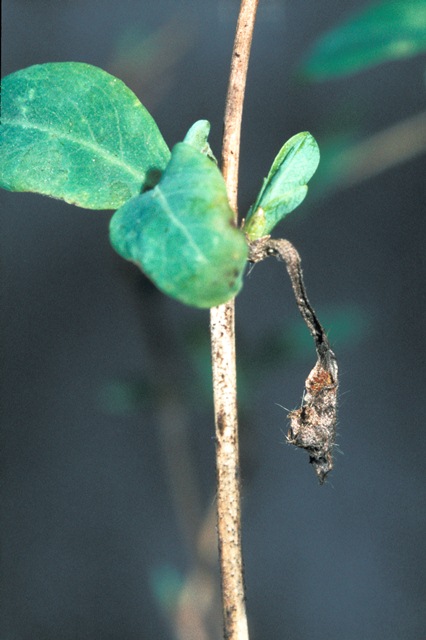 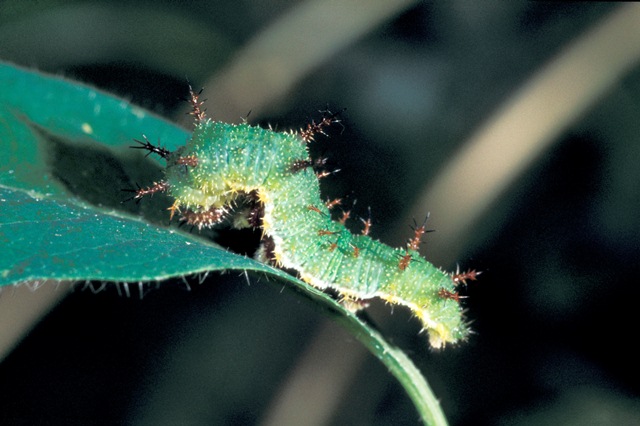
Photographs: Frits Bink ©.
Behaviour in space
From stay-at-home to migrant: stay-at-home, spatial requirement modest.
Finding a mate: male perches or meets females on flowering bush.
Orientation in the landscape: gradient from wood to herb, particularly sites in half shadow.
Oviposition: individually on upper side of the leaf of honeysuckle growing close to the ground.
Defence
Threats from other organisms: larva deceives avian predators by changing shape and colour, pupa is dark with silver spots.
Threats from the environment: adult butterfly is vulnerable to both heat and cold.
Feeding habits
Adult: nectar of flowers, often bramble.
Larva: when very young the larva saves the midrib of the leaf, when half grown it rests curled around a twig.
Larval foodplants
Plant species: Caprifoliaceae, Lonicera periclymenum, L. xylosteum.
Journal
Rearing experiments:
1. Based on specimens from Leende, Strijper Aa, Netherlands:
27 July 1982: six larvae collected, all from low growing honeysuckle.
1 August: four larvae left.
9 August: three larvae constructed their hibernacula, one larva continued growing and was now fourth instar.
16 August: pupated.
2 September: hatched.
Overwintered outdoors.
4 April 1983: pot taken indoors.
10 April: one larva started to eat and was soon too big to enter the hibernaculum.
5 May: first larva pupated.
22 May: hatched, male.
2 June: second hatched, female.
2. Based on specimen originated from Lichtenfels, Schloss Banz, Germany:
13 April 1986: hibernacula collected from Lonicera xylosteum.
16 April: some activity of the larvae.
17 April: larvae were feeding.
30 April: two larvae moulted.
8 May: two prepupae.
13 May: last two pupated.
22 May: two adult butterflies appeared, males.
25 May: one male and one female hatched.
Table 92-1. Results of dissections

Table 92-2. Collection and observation localities
D, Lichtenfels, 51° 09’N – 8° 47’E; 13 April 1986 (hibernacula on Lonicera xylosteum).
F, Aurel, 400 m, 44° 43’N – 5° 16’E; 29 August 1984.
F, Dommartin-la-Montagne, 49° 01’ 51”N – 5° 36’ 53”E; 24 June 2006.
F, Lorraine, Jaulny, 209 m, 48° 57’ 55”N – 5° 52’ 52”E; 29 June 2002, 8 July 2006.
F, Lorraine, Lion-devant-Dun, 300 m, 49° 23’ 40”N – 5° 14’ 03”E; 10 July 1985.
F, Vosges, Tourbière de Machais, 980 m, 48° 00’ 21”N – 6° 57’49”E; 24 July 1983 (single wandering adult butterfly).
NL, Leende, Strijper Aa, 51° 19’ 15”N – 5° 32’ 30”E; 27 July 1982 (eggs and larvae).
NL, Schuitwater, 51° 28’ 35”N – 6° 07’ 43”E; 8 July 2003.
Fig. 92-1. Limenitis camilla, phenogram adapted from Fichefet et al. 2008: 225.
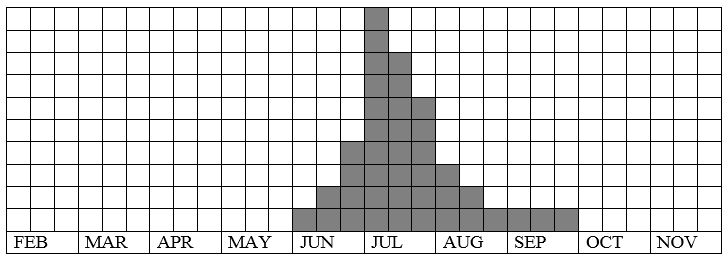
Fig. 92-2. Limenitis camilla, habitat characteristics.
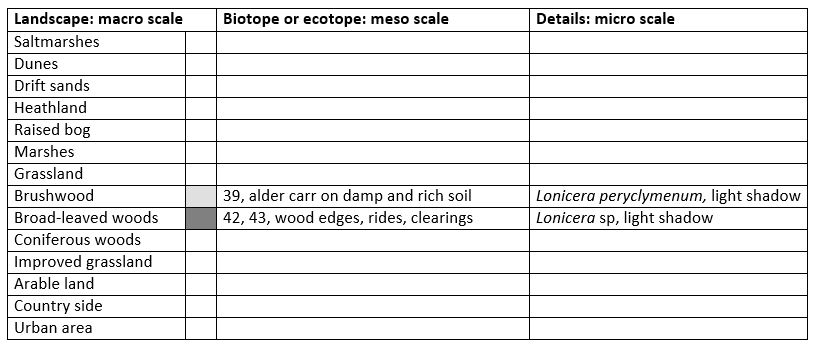
Fig. 92-3. Limenitis camilla, climate matrix, heat-sums 700 - 2000°d.
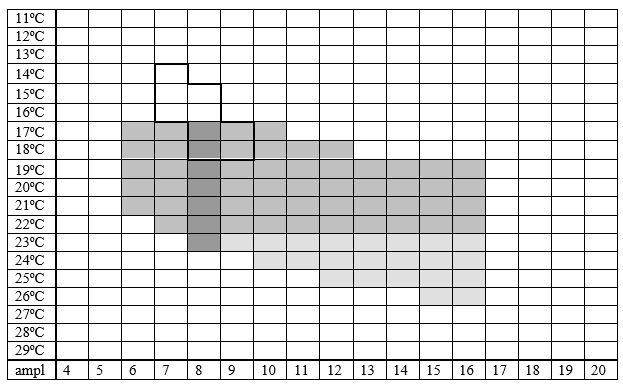
|










